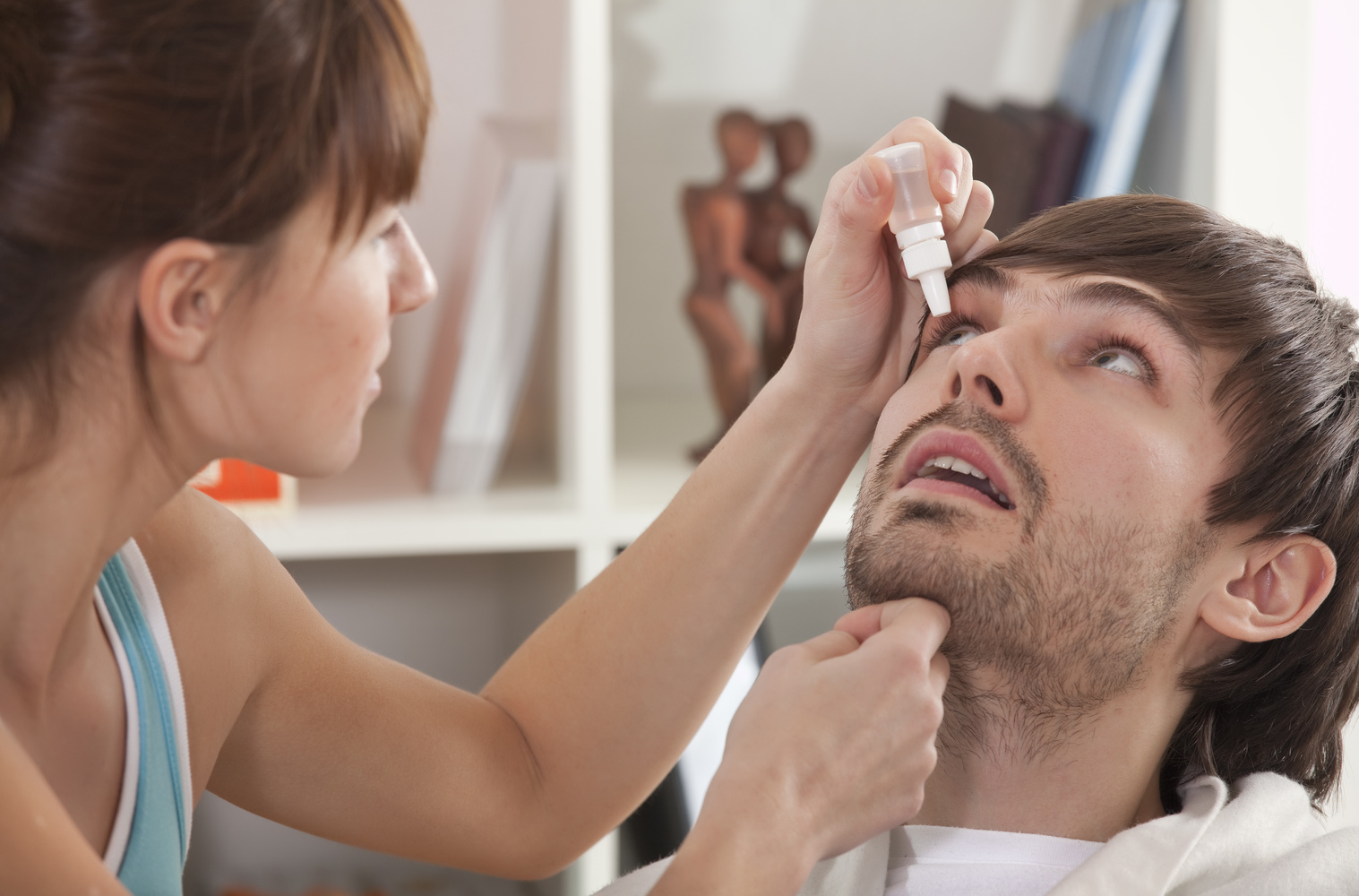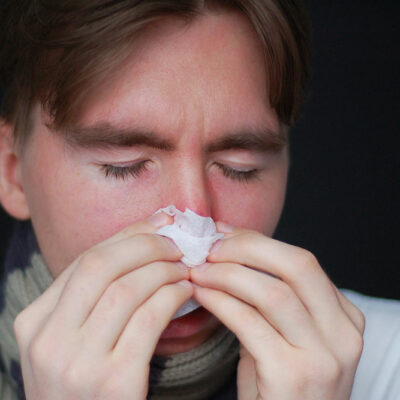
Pink Eye: Causes, Symptoms, Treatment, and Prevention
Pink eye, also called conjunctivitis, is the most common eye infection disease. It occurs when the inside of the eyelids and the clear, thin covering of the white area of the eye get inflamed. Anyone, be it office workers, school children or store employees are at risk of contracting it, especially if they work closely with each other. This may sound a bit complicated, but it can be easily treated. Furthermore, a few easy precautions can help you avoid conjunctivitis.
1. Causes of pink eye
Based on their cause, the primary types of pink eye are:
- Bacterial conjunctivitis
This is caused by bacteria and may result in serious damage to the eye if not treated. - Viral conjunctivitis
Like the common cold, a virus causes this and it can be very contagious. However, it generally clears up by itself without medical treatment within a few days. - Allergic conjunctivitis
It is a result of irritants like dust, animal dander, and pollen, among susceptible individuals. This type may flare up all through the year or be seasonal.
2. Symptoms of pink eye
Based on their type, the primary symptoms of pink eye are:
- Bacterial conjunctivitis
Symptoms of this type of eye infection are greenish-yellow or yellow eye sticky discharge in the corner of the eye. The discharge may even cause the eyelids to stick together. Either both eyes or just one eye can be affected. - Viral conjunctivitis
Symptoms of this infection are sensitivity to light and itchy, watery eyes. Either both eyes or just one eye can be affected. It is spread by sneezing or coughing. - Allergic conjunctivitis
Symptoms of this eye infection include watery, burning, and itchy eyes with a runny nose and stuffiness. It can affect both eyes but is not contagious.
3. Treatment for pink eye
Based on their type, the treatment options for pink include:
- Bacterial conjunctivitis
A prescription for ointments or antibiotic eye drops is given by the doctor. - Viral conjunctivitis
Usually, this will run its course with no medical intervention required. To relieve the symptoms, you can apply a wet and cold washcloth to the affected eyes many times during the day. - Allergic conjunctivitis
A prescription of allergy medications is given by the doctor.
4. Pink eye preventions tips
To reduce the chances of contracting pink eye or any other eye infection or disease, you can follow the below tips:
- Cover the nose and mouth when sneezing or coughing
- Avoid sharing personal items like hand towels, tissue, or washcloths
- Frequently wash your hands, especially when you spend time in public places
- Avoid touching your eyes or rubbing them unless absolutely necessary
- Follow proper hygiene when wearing and removing contact lenses
- Wear goggles when swimming to protect yourself from microorganisms and other harmful bacteria
- Use an antiseptic cleaner to regularly clean faucet handles, door handles, bathroom surfaces and the like
- Use a hand sanitizer frequently before and after making contact with other people and foreign objects
Eye infections and diseases should not be taken lightly. If at any time you develop irritated, red eyes, you must seek a doctor’s appointment immediately to schedule an eye exam.


